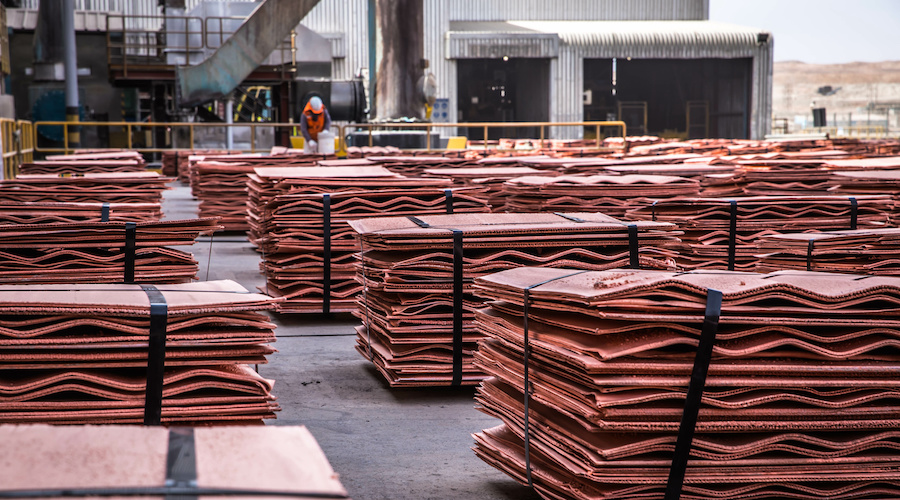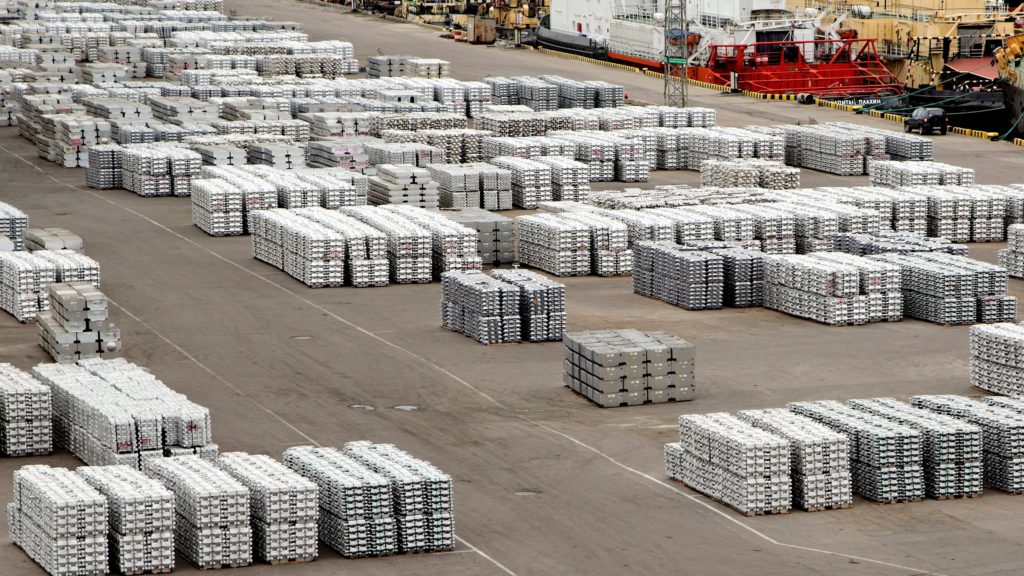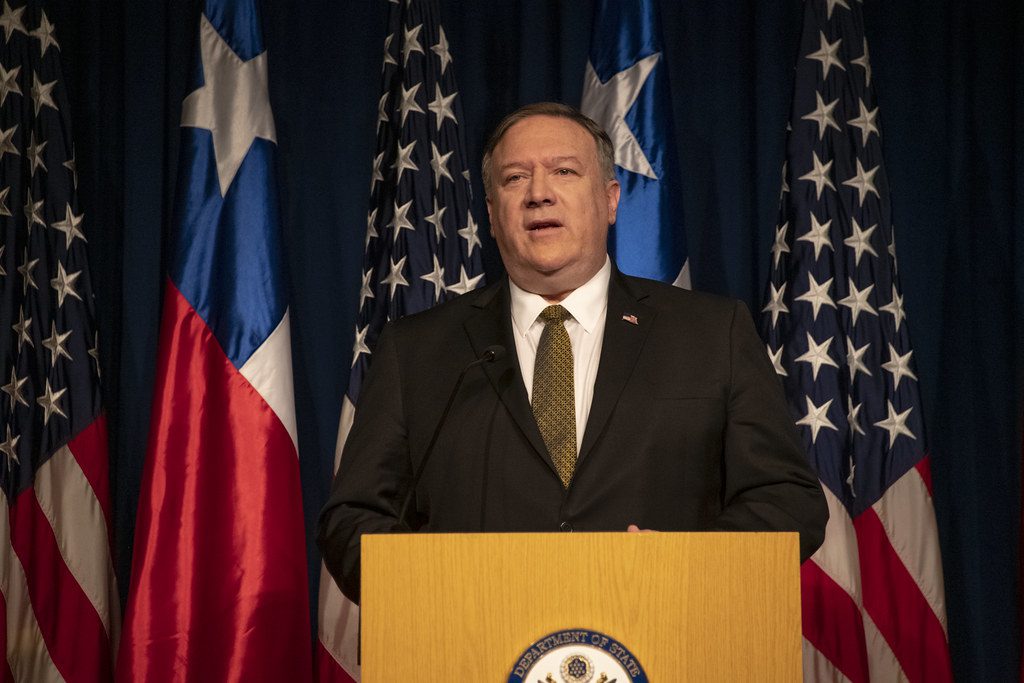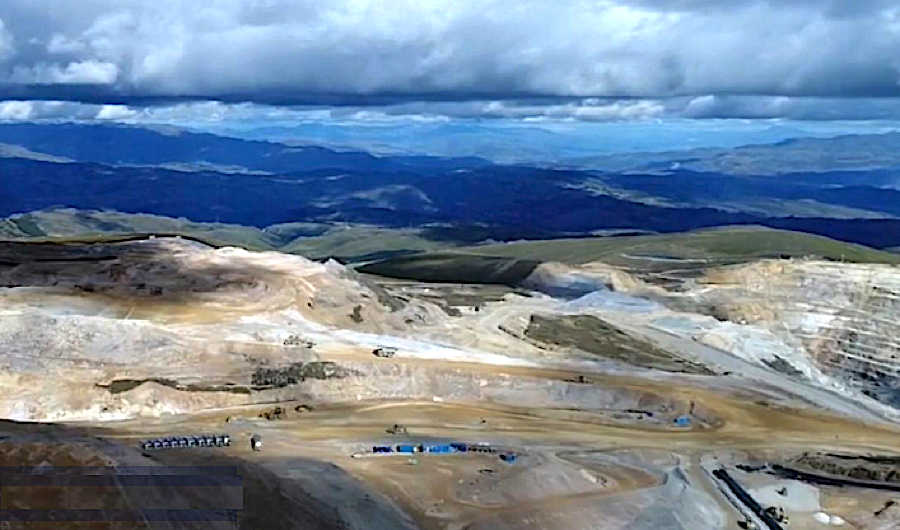Has Saudi Arabia’s Relationship With Russia Reached Its Limits?
- The current Brent oil price is just about the level at which Saudi Arabia breaks even from a fiscal perspective and it is way lower than Russia’s fiscal breakeven oil price.
- It is certain that Russia would have been pressing for a bigger OPEC+ production cut behind the scenes.
- Russia’s omni-shambolic invasion of Ukraine has significantly damaged the credibility of President Vladimir Putin as a shrewd geopolitical operator.
To many dedicated oil market watchers, last week’s decision by ‘OPEC+’ (the Saudi Arabia-led OPEC group of countries ‘plus’ Russia) to stick to its previously agreed oil production cuts quota of 2 million barrels per day (bpd) was made regardless of ongoing concerns in the West that energy prices remain at levels that keep fuelling inflation, pushing interest rates higher and catalysing economic slowdowns. It is true that in recent months, these cuts have allowed the Brent oil benchmark to consistently trade around or well above the US$80 pb level that the U.S. and its allies have long seen as the topside of a targeted oil price range of US$40/45-75/80 per barrel of Brent for reasons analysed in full in my last book on the global oil markets. However, these cuts, that are due to run until the end of this year, represent only around 2 percent of the recent historical mean average of supply in the global oil market. Additionally, current oil prices are at levels that barely help Saudi Arabia in budgetary terms at all, with a fiscal breakeven oil price forecast of US$78 pb of Brent in 2023, compared to over US$80 pb of Brent in the previous year. Significantly as well, prices are way below the level that Russia wants, and would have been strongly lobbying for, with a fiscal breakeven oil price of US$114 pb of Brent this year, up from around US$64 pb before its invasion of Ukraine. So, to invert the recent Chinese comment on Russia: has Saudi Arabia’s relationship with Russia reached its limits?
Saudi Arabia had a fiscal breakeven Brent oil price of around US$80 pb for some time before it and its fellow OPEC members launched the Second Oil Price War in 2014 (the First Oil Price War being the 1973 Oil Crisis, which Saudi and OPEC won). After the War had ended in 2016, the Kingdom’s fiscal breakeven Brent oil price was expected to remain above US$80 pb for several years. Saudi Arabia thought before it had launched the Second Oil Price War that the fiscal breakeven price of U.S. shale oil producers was also around US$80 pb of Brent, as did many oil market observers at that time. Therefore, Riyadh wanted to use this perceived breakeven point to destroy or at least disable the increasing threat from these U.S. shale oil producers to protect its own oil market share and, therefore, the power of Saudi Arabia in the world. However, as also analysed in depth in my last book on the global oil markets, the U.S. shale oil sector performed an astonishing turnaround in its operational efficiencies by turning itself during the course of the Second Oil Price War into a leaner, meaner version of itself with a breakeven point as low as US$35-40 pb of Brent. Since then, Saudi Arabia has been fighting a rearguard action – including the 2020 Oil Price War - against the continuing success of the U.S. shale oil sector, which has meant the supplanting of its own oil in certain segments of the market and the gradual erosion of its own power in the world. This is why, at the end of 2016, the only way OPEC could effectively bring oil prices back up to repair their devastated government finances was to enlist the help of Russia in the new ‘OPEC+’ grouping.
Related: U.S. Drilling Activity Continues To Slow
For the U.S.’s part, it is equally understandable that these moves by Saudi Arabia were seen as a profound betrayal of trust. Back in 1973 when the U.S. economy, and those of its key allies, was under material threaten from the Saudi Arabia-instigated Oil Crisis, Washington believed that the foundation stone of understanding between the two countries - as laid out in the 1945 Agreement between them - had been shattered. This Agreement had been struck at a meeting on 14 February 1945 between the then-U.S. President, Franklin D. Roosevelt, and the then-Saudi King, Abdulaziz bin Abdul Rahman Al Saud. The deal, which ran smoothly until the 1973 Oil Crisis, was this: that the U.S. would receive all the oil supplies it needed for as long as Saudi Arabia had oil in place and, in return for this, the U.S. would guarantee the security both of the ruling House of Saud and, by extension, of Saudi Arabia. From when the Oil Crisis ended in 1974, the U.S. was determined to minimise the degree to which it was subject to the whims of Middle Eastern oil producers – especially Saudi Arabia – and to this end it pursued the ‘Kissinger Doctrine’ in its Middle East strategy, defined by its energy needs.
This Doctrine, originated by Henry Kissinger, the highly influential U.S. geopolitical strategist who served as National Security Advisor from January 1969 to November 1975 and as Secretary of State from September 1973 to January 1977, was a variant of the ‘triangular diplomacy’ that he advocated in formulating the dealings of the U.S. with the two other major powers of the time, Russia and China. In essence, it was a ‘divide and rule’ idea, in which one side was played off against the other, leveraging whatever fault-lines ran through target areas at either a community, national or international level. These fault-lines could be economic, political, or religious, or any combination thereof. In the case of the 1974+ strategy, the fault-line used was differing attitudes to the concept and practical interpretation of ‘Palestine’ and in more recent years it is been the Sunni-Shia divide running across Islam, as exemplified in Saudi Arabia and Iran, respectively.
This said, it might be that Saudi Arabia has not been lost completely to the U.S. in meaningful terms, despite the drift of Riyadh – and of Crown Prince Mohammed bin Salman (MbS) in particular – towards Russia and China, in order of timing, since 2016. In precisely this context it is interesting to note that Saudi Arabia did not pressure its fellow OPEC members to increase the size of the production cut that was agreed at the end of October last year, in an attempt to raise oil prices further. Right now, as mentioned, the Brent oil price is just about the level at which Saudi Arabia breaks even from a fiscal perspective and it is way lower than Russia’s fiscal breakeven oil price. It is certain that Russia would have been pressing for a bigger production cut behind the scenes, and yet the level of production cut across OPEC remained the same. It can reasonably be posited, therefore, that at least some doubt has surfaced somewhere at the top of the Saudi power structure that currently alienating the U.S. and its allies – and decisively reaffirming its commitment to Russia, and to China – is an unwise course of action.
Part of this maybe a consequence of the view - privately held by China as well, according to sources in the European Union’s energy security apparatus spoken to exclusively by OilPrice.com recently – that Russia’s omni-shambolic invasion of Ukraine has significantly damaged the credibility of President Vladimir Putin as a shrewd geopolitical operator and of his country as a major military force. By extension, it has done the same for China’s President Xi Jinping and his country too. Xi knows this, as reflected in the quick 180-degree turn that China performed after Russia’s invasion, from the two countries enjoying a ‘no limits’ relationship to one that suddenly had a lot of limits indeed. Consequently, Saudi Arabia may be hedging its Russian bets with the U.S. Part of this also could be that after the entirely justified furore that followed MbS’s refusal to take a telephone call from U.S. President Joe Biden, several senior officials from the West Wing laid out in detail to King Salman what a world Saudi Arabia would be facing if the U.S. withdrew all support from it, including its military, and then finally enacted the ‘No Oil Producing or Exporting Cartels’ (NOPEC) bill.
There are those who might say that Saudi Arabia and OPEC+ have kept the oil production cuts as they were have done so because they know that China’s demand for oil will ramp up yet again once the current wave in COVID-19 infections have run their course. Certainly, it is likely that China’s economic growth will pick up again but whether this will directly correlate to a significant rise in oil prices is less certain. As highlighted by OilPrice.com recently, a cyclical recovery in China this time around is likely to be led by household consumption, mainly services. Demand drivers are likely to switch this year, with travel rising and property less negative, while infrastructure and manufacturing slow. As Rory Green, chief China economist for TS Lombard, in London, exclusively told OilPrice.com recently: “ The certain outcome is an increase in oil demand - we estimate a 5-8 percent increase in net import volumes – but this is unlikely to cause oil prices to surge, especially as China is buying at a discount from Russia.”
By Simon Watkins for Oilprice.com






